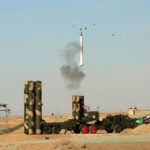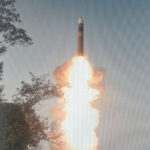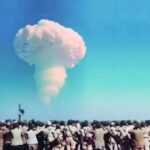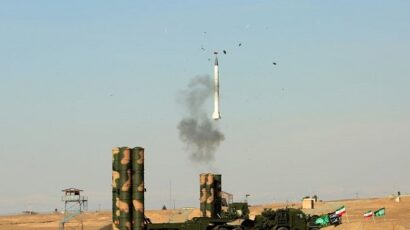How to safeguard loose nukes
By Fissile Materials Working Group | February 19, 2013
Four years ago, President Barack Obama called preventing nuclear terrorism a top security priority. But even though he said in his State of the Union speech last week that Washington “would continue leading the global effort to secure nuclear materials that could fall into the wrong hands,” the United States is only marginally safer from that threat today than it was at the beginning of his first term.
Four years ago, President Barack Obama called preventing nuclear terrorism a top security priority. But even though he said in his State of the Union speech last week that Washington “would continue leading the global effort to secure nuclear materials that could fall into the wrong hands,” the United States is only marginally safer from that threat today than it was at the beginning of his first term.
Obama has a limited window in his second term to achieve his nuclear security vision. If missed, the opportunity may recur only after a nuclear catastrophe — one that could have been prevented.
It was just last April in the casino town of Batumi, Georgia, that a cigarette-smoking man wearing a suit expressed interest in buying uranium for his Turkish boss. Fortunately, Georgian police were listening in and arrested him and others, halting any potential sale. This incident was the latest in a long line that illustrates the ongoing black-market demand for nuclear materials to fashion into a “dirty” bomb or nuclear device.
Since 1993, the International Atomic Energy Agency (IAEA) has logged roughly 2,000 cases of illicit or unauthorized trafficking of nuclear and radioactive material. Thirty illicit radioactive trafficking incidents were reported in the former Soviet region alone from 2009 to 2011. As Obama said in December, “Make no mistake, if [terrorists] get [nuclear material], they will use it.”
Thanks to Obama’s leadership on nuclear security, modest progress has been made, specifically through the Nuclear Security Summits he launched in Washington in 2010. In 2009, 41 nations had weapons-usable nuclear material; now 31 do. The 53 states participating in the biennial summits have committed to improving the security of dangerous nuclear materials in their possession and helping others who ask for such assistance. The second summit, held in Seoul in 2012, also increased attention on securing vulnerable highly radioactive sources that could be used in a dirty bomb.
But the summits are not enough. There are no binding international standards for securing nuclear and radiological material and no requirement to even adhere to the recommendations of the IAEA. Also, there is no agreed-upon process to assess how well states secure their dangerous nuclear materials. Obama has called for “durable international institutions” to prevent nuclear terrorism, but there is no mandate for an organization like the IAEA to help with security unless a state asks first. And then, all interactions with the IAEA are kept confidential.
The Obama administration has settled for what can be done relatively painlessly, rather than pressing other states for what should be done to prevent nuclear terrorism over the long term. The Nuclear Security Summit process, which is running out of steam and may end in 2014, is focused on voluntary national actions and lowest-common-denominator international consensus, rather than on creating a robust global system to prevent nuclear terrorism. Energetic US leadership can change this situation. Obama must direct his administration to lead efforts to develop a robust global nuclear security regime that can be operative by 2020.
The initial focus should be on ensuring that the 2014 Summit in the Netherlands launches a process to produce a unifying international agreement on nuclear security. This unifying agreement should incorporate current initiatives and agreements and establish legally binding requirements for: securing dangerous nuclear materials, assessing how well states meet those standards and providing assistance through the IAEA for states that need help.
As he begins his second term, Obama should ensure that his administration embraces a continuum of nuclear security improvements that begins with more aggressive voluntary actions and ends by 2020 with a legally binding nuclear security agreement. A bolder approach can provide greater global assurance of the security of nuclear and radiological materials and facilities than the incremental steps that have been taken to date.
Doing so will honor the promise Obama made in his first term to keep America — and the world — safe from nuclear terrorism.
Editor’s note: Kenneth C. Brill is a former U.S. ambassador to the IAEA; Kenneth N. Luongo is president of the Partnership for Global Security. Both are members of the Nuclear Security Governance Experts Group, a nonpartisan nongovernmental organization with international members. An earlier version of this article appeared in Politico.
Together, we make the world safer.
The Bulletin elevates expert voices above the noise. But as an independent nonprofit organization, our operations depend on the support of readers like you. Help us continue to deliver quality journalism that holds leaders accountable. Your support of our work at any level is important. In return, we promise our coverage will be understandable, influential, vigilant, solution-oriented, and fair-minded. Together we can make a difference.
Topics: Columnists, Nuclear Weapons















